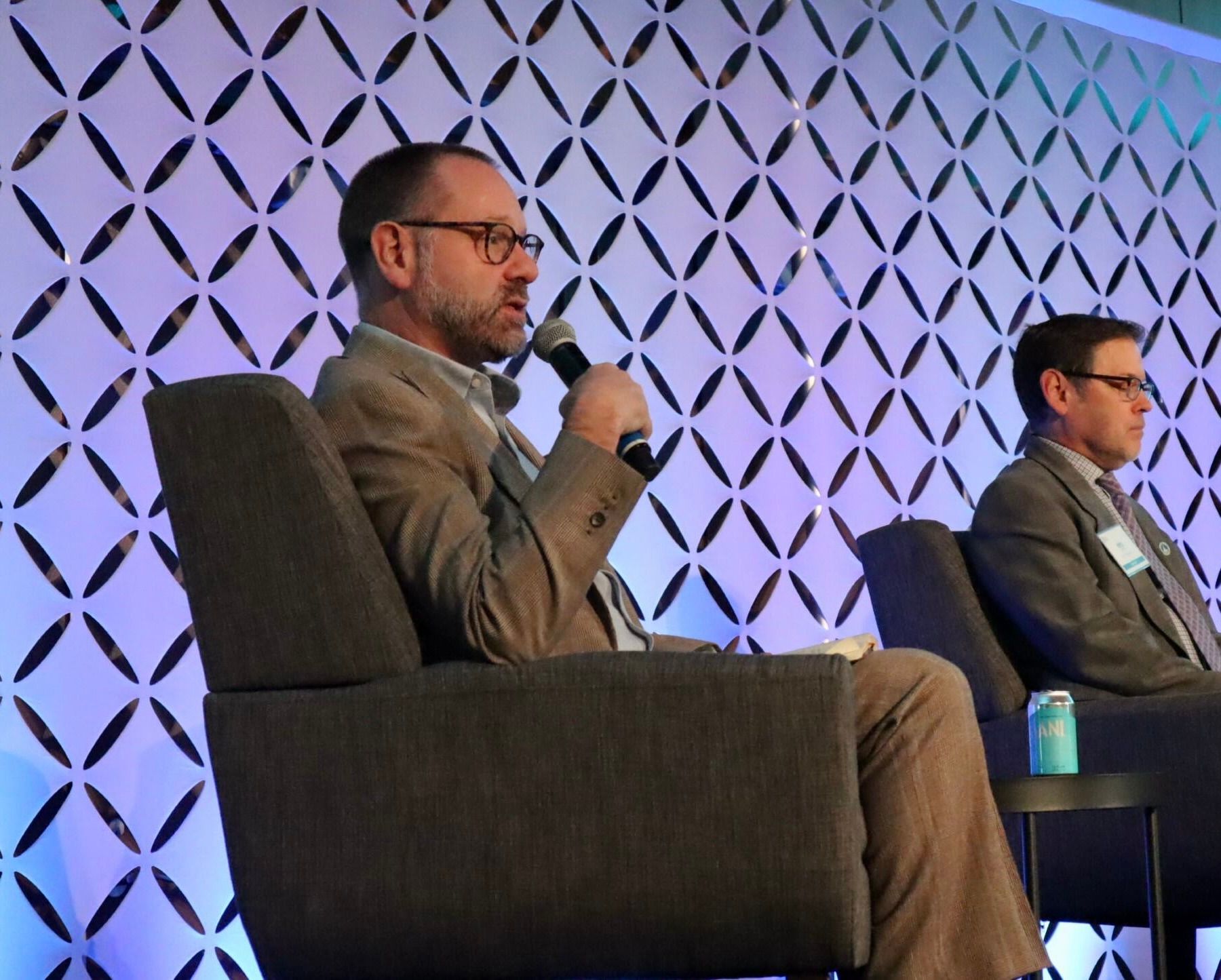Bellevue's Housing Future: Will Supply Meet Demand?
November 1, 2024 - by Rachel Pfalzer
Category Downtown Talks
October Downtown Talks Recap: The Future of Housing in Bellevue

THE BACKGROUND
On Tuesday, October 29, the BDA held one of our annual Downtown Talks Breakfast series. Our topic of discussion is one that we've heard for decades now: Will there be enough housing to sustain the future of Bellevue?
The panel featured:
- Kristina Garcia, Director of PNW Multifamily Asset Services at Cushman & Wakefield
- Emil King, Community Development Department Director at City of Bellevue
- Ryan Makinster, Director of Government Affairs at Washington Multi-Family Housing Association
- Zoe Ramirez, Regional Portfolio Manager at Cushman & Wakefield.
They sat down for an exclusive discussion about the multifamily housing market in Bellevue to address the generational shifts, net migration trends, and market dynamics influencing the current landscape. Read the presentation here.
THE EVENT RECAP
Panel moderator Garcia opened with a brief presentation outlining the current market trends in Bellevue. She explained that the city is maintaining a fairly balanced property inventory, but new properties tend to skew towards smaller units. The current inventory is predominantly (44%) one-bedroom units, with the majority available being less than 10 years old and highly amenitized with a $3,200 average effective rent. In the state of Washington, Bellevue is a top five market in terms of average effective rent per square foot. This is impressive, considering Bellevue’s recent emergence as a housing market in relation to its retail and office space.

There is a variety of current market challenges involving people competing for the same tenants, development slowing due to the rising cost of construction, and high interest rates. Because of this, new deliveries will begin to wane in the coming months. Additional costliness can also be attributed to regulation costs, accounting for an average of 40.6% of total development prices, decreasing incentives to build. Operating costs have also been exacerbated by rising insurance premiums, despite the lack of natural disasters in the area. Because the market has become so difficult for developers, owners are currently most interested in value additions such as EV charging stations to prior standing properties instead of new builds.
Despite these challenges, Bellevue remains attractive to developers as local dynamics and stability remain a long-term driver of demand. Currently, Downtown Bellevue’s zip code is the heart of the local submarket with the highest rate of resident workers, showing its desirability. The city’s rent growth is projected to outperform the nation over the next five years.

Garcia transitioned from her presentation to a seated Q&A. The panel addressed the pandemic eviction moratorium, a federal law enacted in 2020 to keep people housed during a time of economic uncertainty. Since its expiration, Makinster said the eviction process has been continuously delayed, tying up large funds. However, it was noted that this is not as large an issue in Bellevue compared to surrounding areas.
King noted that city-wide housing needs assessment showed that there is a currently a great necessity in Bellevue for accessible housing for those earning less than 50% of the average income or with special needs. Alleviating this issue would require a great deal of funding through subsidies and partnerships and, from an operations standpoint, more staffing.
The City of Bellevue recently approved their comprehensive plan that has a target of 35,000 new housing units between by 2044. Current data implies a need for 1,550 new units per year to reach that goal. Land capacity has gradually increased and currently stands at 50,000 units, however, it is important to consider that even those in multifamily housing units want the environment of a neighborhood. This stresses the importance of community spaces such as parks and plazas to engage residents, which will hopefully be seen as the Wilburton, BelRed, and Eastgate/Factoria neighborhoods continue to grow. Since investing in a home is not fiscally responsible for many people due to the current market climate, renting needs to be an enjoyable, amenities option. However, there is still a gap to be filled in order to increase ownership opportunities.
Despite many barriers, Bellevue’s housing future remains strong as the community continues to grow and evolve, welcoming new faces at every turn. By finding creative solutions to complex problems, housing options will keep emerging to accommodate the ever-changing Eastside landscape.





